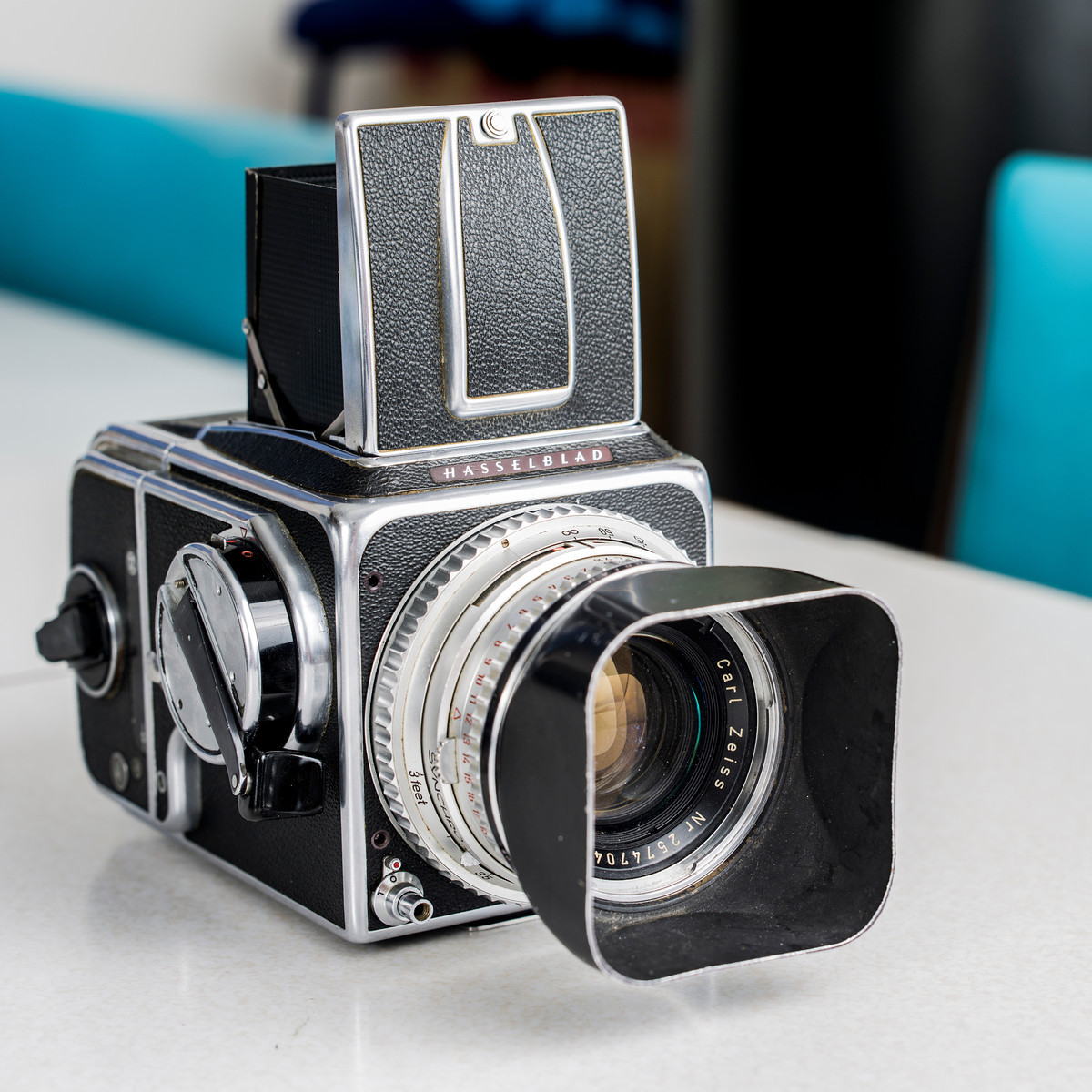The Standard Lens!

Standard Lens! looks like a simple term but often turns to be a bit complex to understand. The cameras available in the market from several manufacturers vary not just in their shapes and sizes but more importantly in the size of the imaging device placed at the centre of it. Many times the megapixel number misleads one to believe that a smaller frame can be better than the larger sibling. Well, a basic definition of the standard lens is that it enables the camera to see what a human eye sees. The coverage of a standard view is 45 degrees wide. This is achieved by a lens which has same focal length equal to that of the diagonal of the film or sensor placed at the focal plane. Now this diagonal of a negative or positive placed in a film based 35mm SLR camera having the frame dimension 36mm x 24mm (Width x Height) is 43mm. In such a scenario 43mm turns to be a standard lens. I am not really aware of manufacturing difficulties as the most commonly known standard lenses have been 45mm and 50mm. A purist would prefer to use 45mm over 50mm. In the case of a medium format camera e.g. Hasselblad which uses a 6cm x 6cm back the diagonal turns to be 77mm approx. and the standard lens for Hasselblad is known as 80mm.
Many of my friends or students opting for a their first new digital SLR without having any prior knowledge of film SLR would have considered 50mm as standard lens even for their DX format SLR. It is true that the coverage of the lens is not affected by the choice of the format but as the imaging sensor is shrunk in size, it fails to register the whole image known the photograph shot by a standard lens. If APS-C sized sensor is taking the image from 50mm lens, the resultant image would be 1.5x crop image. Alternatively one can say that it is a zoomed in image and is equivalent of 75mm lens used on a normal full frame camera. A 35mm lens works much better as a standard lens for theses crop sensors. The field of view with 35mm lens on a cropped frame camera is quite similar to the field of view of 50mm on a full frame camera body. Is there a trade-off in doing this? I feel there is a bit as the spatial distance between objects increases and they look relatively pulled out but because the image is cropped, one does not see the whole of this effect.
Standard lens is relatively economical prime lens and camera manufacturers offer multiple variants. The wider aperture lens help camera get plenty of light and can be very handy for low light situations. An aperture of f/1.2 would be too wide for me as the depth of field in the photograph might to too low to be of any good use. Rest it is entirely situation dependant, but I firmly suggest to have one prime lens in your kit and enjoy taking photographs from it.